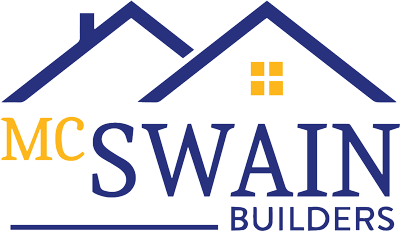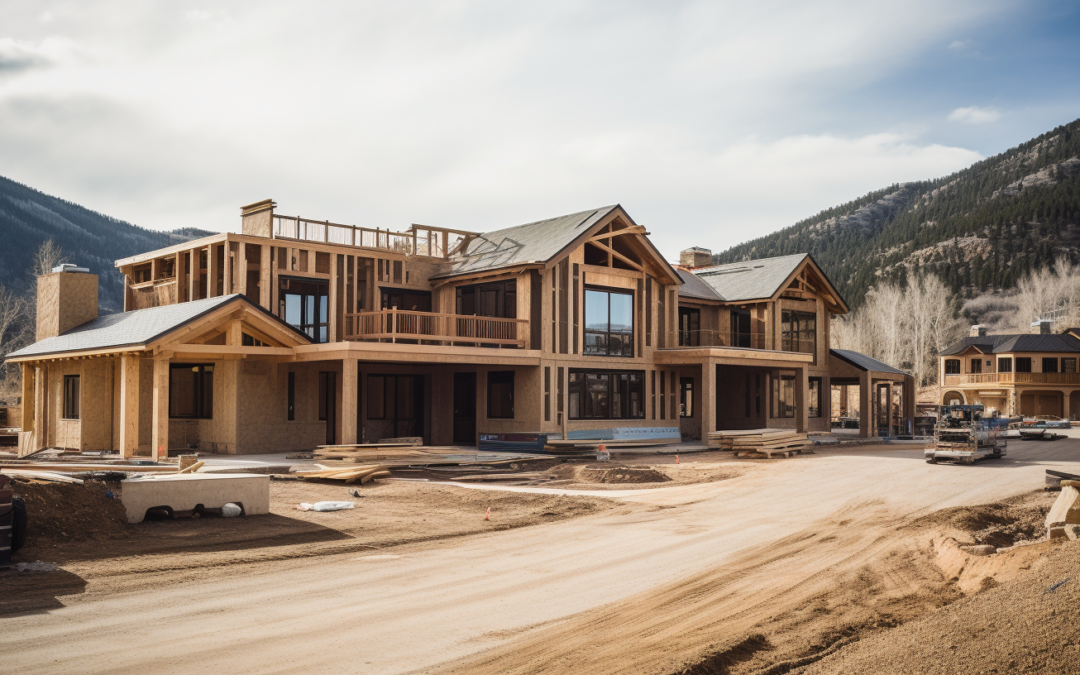Nestled amidst the stunning landscapes of the Colorado Rockies, the Roaring Fork Valley is a coveted home buying destination for those seeking a unique blend of natural beauty, outdoor adventure, and vibrant communities. If you’re considering making this majestic region your home, there are several key factors to understand about the home buying and building environment. From navigating the market dynamics to appreciating the local architecture, this article will guide you through what you need to know.
Market Dynamics
The Roaring Fork Valley real estate market can be competitive and dynamic. It’s essential to work with a knowledgeable local real estate agent who can provide insights into current market trends and help you identify opportunities. Prices can vary significantly depending on the town you choose to live in, so it’s important to establish a clear budget from the outset.
Location Matters
The Valley comprises several distinct towns and communities, each with its own character and lifestyle. Aspen, Snowmass Village, Basalt, Carbondale, and Glenwood Springs are some of the primary towns to consider. Your choice of location will impact factors like commute times, amenities, and overall quality of life, so it’s crucial to explore the different areas and determine which aligns best with your needs and preferences.
Architectural Styles
The Roaring Fork Valley is known for its architectural diversity, with a mix of modern, rustic, and traditional designs. Many homes in the area embrace elements of mountain architecture, such as exposed timber, stone accents, and large windows to capture the breathtaking views. Be prepared for homes that blend seamlessly with their natural surroundings, reflecting the valley’s commitment to preserving its stunning landscapes.
Building Regulations
If you’re considering building a custom home in the Roaring Fork Valley, it’s vital to understand local building regulations and permitting processes. Each town has its own zoning codes and building codes that dictate what can be built and where. Working with a local architect and builder who are familiar with these regulations can streamline the process and ensure compliance.
Sustainability
Sustainability is a significant focus in the Roaring Fork Valley, and many residents prioritize eco-friendly building practices. Energy-efficient homes, solar panels, and environmentally conscious design are common features in the area. Consider incorporating sustainable elements into your home construction or renovation plans to align with the valley’s commitment to environmental preservation.
Financing and Affordability
While the Roaring Fork Valley offers an exceptional quality of life, it’s essential to be mindful of the cost of living. Home prices and property taxes are high, especially when comparing Roaring Fork Valley real estate prices to other markets. It’s advisable to secure your financing early and explore available loan options. Local lenders can provide insights into mortgage rates and affordability in the area.
Community and Lifestyle
The Roaring Fork Valley is not just about the physical home; it’s about the lifestyle and sense of community. Engage with local residents, explore community events, and immerse yourself in the local culture. Whether it’s enjoying outdoor activities, attending cultural events, or participating in local initiatives, the valley’s sense of belonging is a crucial aspect of living here.
Moving to the Roaring Fork Valley is a rewarding experience, offering a unique blend of natural beauty, cultural richness, and a strong sense of community. Understanding the nuances of the home building and buying environment in this region is essential for a successful transition. With careful research, local expertise, and a clear vision for your future home, you can embark on your journey to living in one of Colorado’s most breathtaking and vibrant regions.


Recent Comments